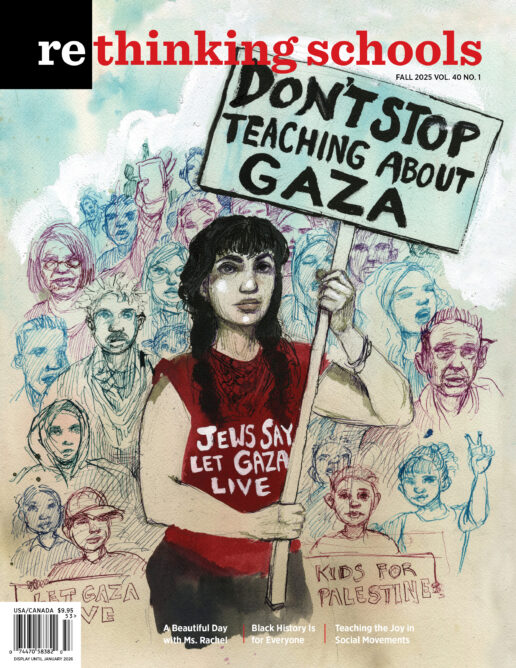Our picks for books, videos, websites, and other social justice resources 40.1
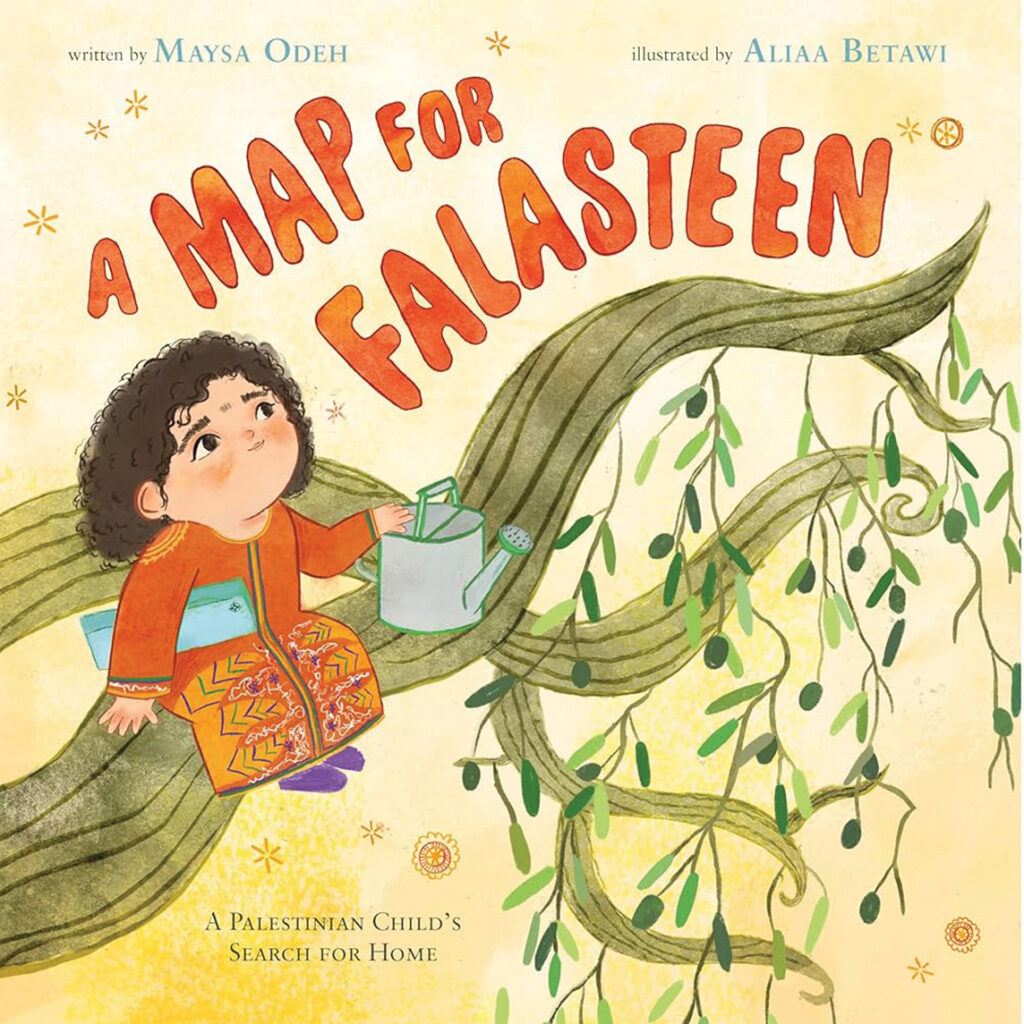
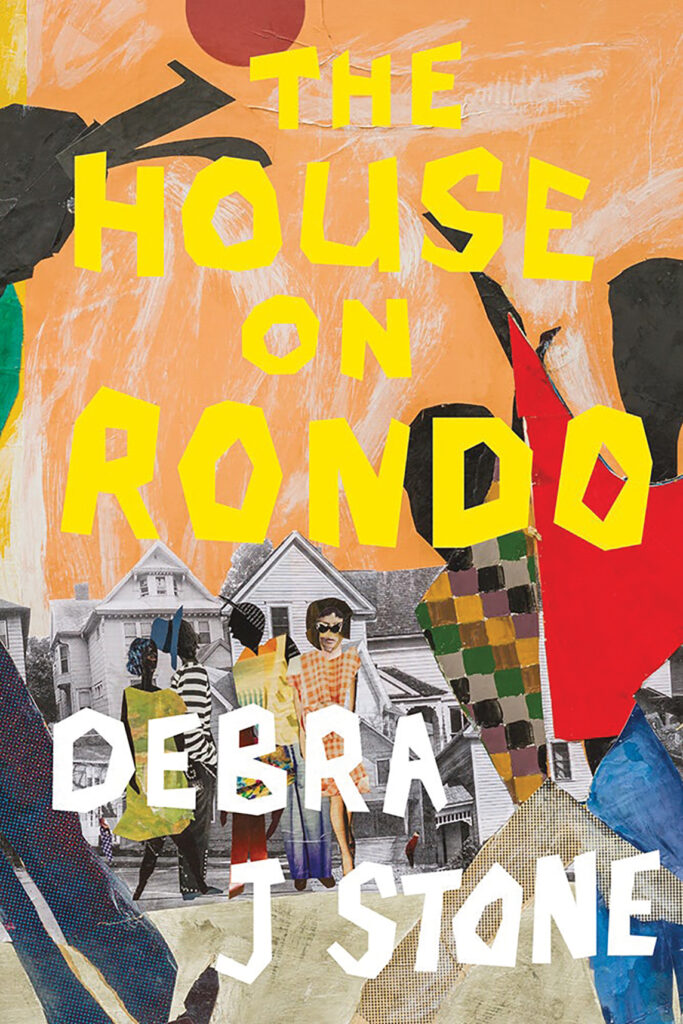




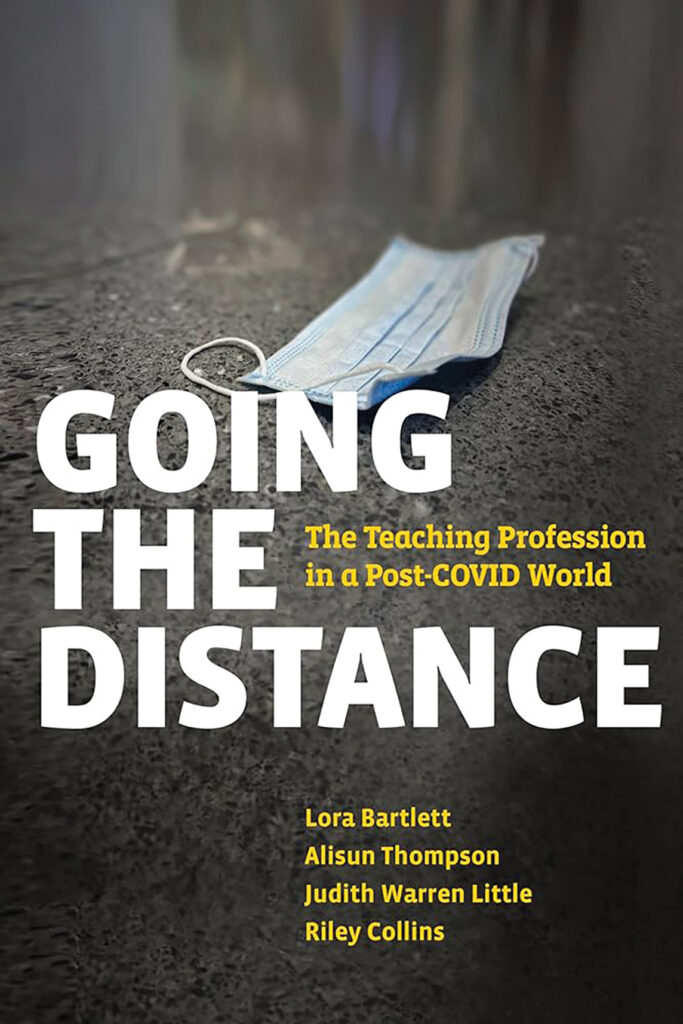

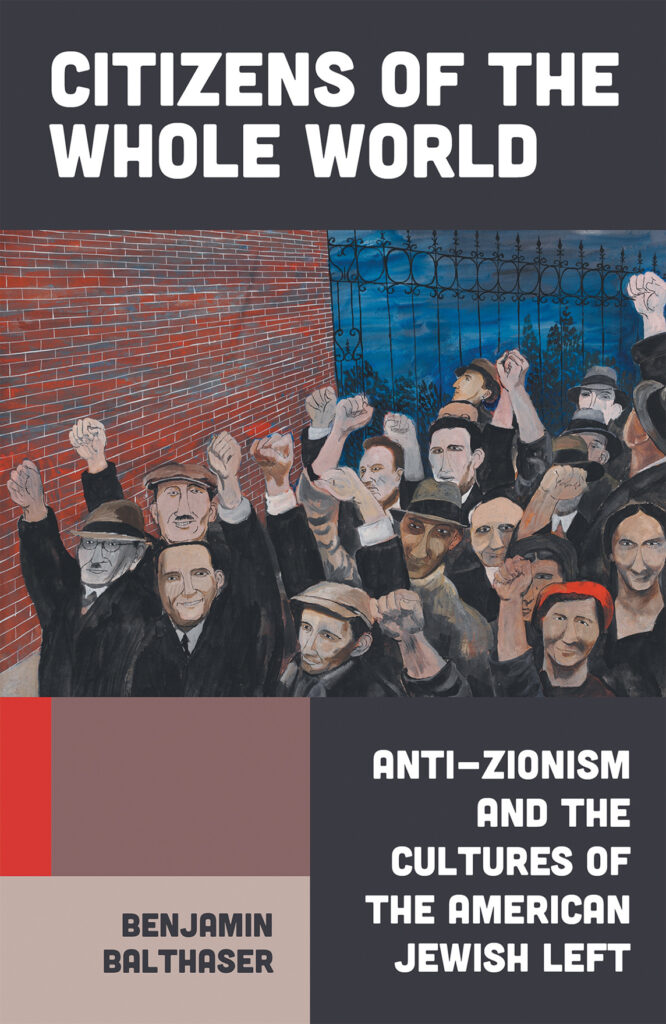
Picture Books

All of Us: A First Conversation About Disability
By Megan Madison with Jessica Ralli and Jonathan Eden
(RISE x Penguin Workshop, 2025)
38 pp.
“There is no such thing as normal” is in all caps and headline font on a page to itself because it is the thesis to this book on disability for young children. In early childhood-friendly language and inviting illustrations, the authors describe different types of disabilities, definitions, communications, equity in access, ableism, disability justice, and interdependence. This is the eighth and final book in the “First Conversations” by the same authors. The other titles, all recommended, address skin color, consent, grief, and more.

A Map for Falasteen: A Palestinian Child’s Search for Home
By Maysa Odeh
Illustrated by Aliaa Betawi
(Henry Holt and Company, 2024)
40 pp.
This extraordinarily beautiful and touching book highlights the errors of erasure of Palestine in the curriculum. Falasteen’s teacher asks the students to find where their family is from on a world map. When Falasteen can’t locate Palestine, she goes home and asks her family members why that may be. They each tell a different story about the history and culture of Palestine that paints a picture of just how much is missing from that map. In closing, her mother tells her that Palestine lives within every Palestinian’s heart and maps can’t erase them. The detailed author’s note affirms that “existence is resistance.”
Curriculum

The House on Rondo
By Debra J. Stone
(University of Minnesota Press, 2025)
104 pp.
Finally young people can learn about the widespread, devastating practice of cities sacrificing Black communities for interstate highway construction. In this book of historical fiction for middle school, Stone draws on her own family history in Rondo, St. Paul. In her preface she writes, “We were the houses of blues and jazz and rock and roll and jitterbug dancing, where families applauded, celebrated, and praised themselves when no one else would.” The story centers on 13-year-old Zenobia who stays with her grandparents in the summer of 1963. Through Zenobia, readers see the diversity of the Black neighborhood and the joys and challenges of daily life — and therefore can feel the pain when the eviction notices start coming to make way for Interstate 94. Stone showcases stories of resistance and how people did all they could to remain connected after the town was destroyed.

Silenced Voices: Reclaiming Memories from the Guatemalan Genocide
By Pablo Leon
(HarperCollins, 2025)
240 pp.
This timely graphic novel for middle school describes the terror of the U.S.-backed dictatorship in Guatemala that forced so many families to flee north, many to the United States. The history is revealed when two teenage boys in Maryland ask their mother why she fled. For years she had wanted to protect them from the pain of that era. But the trial of Guatemalan dictator Rios Montt opens the door for the intergenerational conversation. Leon, as writer and illustrator, has made this a gripping, painfully honest, and yet also hopeful story. As this administration attacks immigrants, this book reminds us why many Central Americans are in the United States and how they deserve reparations, not deportations.

Eternal Summer
By Franziska Gänsler
Translated by Imogen Taylor
(Other Press, 2025)
162 pp.
If you teach language arts and are looking for “climate fiction,” consider Eternal Summer, Franziska Gänsler’s haunting debut novel. Set in a hotel in Bad Heim, Germany, once a vital resort community, the climate catastrophe has arrived: a summer that won’t end, nearby wildfires that suffocate the community in ash and smoke, and flames that want to jump the river and invade the town. The hotel has no guests until a mother and daughter arrive. The forest fires continue to threaten, but so does the woman’s estranged husband. Eternal Summer shows that climate change is never the only peril; in this instance, it intersects with the psychological abuse of women. But the novel is no polemic, and there are lots of threads for students to follow. One of these is the camaraderie of the women — including climate activists from forest encampments — who take shelter in the hotel, and in one another.
Film

A Strike and an Uprising! (In Texas)
Directed and produced by Anne Lewis
(2018)
66 min.
strikeandanuprising.org
Anne Lewis, a well-known filmmaker and activist, has created two short films on labor organizing for use in the classroom drawn from her 2018 documentary. Both come with curriculum and resource lists; both are powerful, accessible, and available at no cost. Emma Tenayuca and the 1938 San Antonio Pecan Shellers Strike, a 12-minute documentary aimed at middle school students, highlights the 1938 pecan shellers’ strike by a primarily Latina workforce in San Antonio, Texas. Annie Mae Carpenter and the Uprising in Nacogdoches depicts custodial and cafeteria workers organizing at Stephen F. Austin State University in 1987. Geared for high school, this film runs for 14 minutes. Both short films shed light on the leadership of women of color and the long tradition of militant Texas labor history.
History / Politics

Water Mirror Echo: Bruce Lee and the Making of Asian America
By Jeff Chang
(Mariner, 2025)
524 pp.
Jeff Chang describes Bruce Lee: “He lived as a warrior. He began fighting as a way to defend himself. But he only took the stage of history when he rose from the In-Betweens — that space Asian Americans inhabit between self-victimization and self-actualization, between complicity and freedom, between retreating and reaching — to connect to the struggle of becoming more human. At that point his journey became everyone’s.” Bruce Lee stands as an enduring and recognizable global icon. In Water Mirror Echo, Jeff Chang tells the thrilling story about Bruce Lee’s life and times, chronicling his birth to his death, all while highlighting the swirl of racial and international context that shaped Lee’s surroundings. Yes, this is a definitive story of Bruce Lee, but also the story of Japanese and British imperialism in Asia, the story of Chinese and Asian immigration to the United States, the story of kung fu, the story of someone who has come to symbolize freedom and strength, and the story of Asian and Asian American resistance to white supremacy. Through Chang’s telling, we understand that not only was Bruce Lee a martial arts master and movie star, he was also an allegory for the formation of Asian America itself.

Going the Distance: The Teaching Profession in a Post-COVID World
By Lora Bartlett, Alisun Thompson, Judith Warren Little, and Riley Collins
(Harvard Education Press, 2025)
252 pp.
Going the Distance: The Teaching Profession in a Post-COVID World teems with lessons for educators, administrators, and teacher unions, as well as professors of educational leadership, policy, and teacher education. The authors analyzed their multiyear research with 75 K–12 teachers across nine states who taught during the pandemic and its aftermath. What emerges is a template for how to retain teachers who learned how to pivot during the crisis, build community with other teachers — through their buildings, districts, unions, education networks — and move back into in-person teaching with joy and satisfaction. Ultimately, the teachers who the authors categorize as “satisfied stayers” felt respected. They were involved in schoolwide decisions about curriculum, returning to the classroom, and whether to teach in hybrid situations. The teachers who left or planned to leave felt disrespected, unheard, and micromanaged. The book should be mandatory reading, especially for districts that experienced teacher flight; universities that want to prepare resilient teachers; and unions that want educators who know how to advocate for themselves and their students. Bottom line: Treating teachers as respected professionals matters.

Our Palestine Question: Israel and American Jewish Dissent, 1948–1978
By Geoffrey Levin
(Yale University Press, 2023)
304 pp.
In reconstructing the complex debates within mainstream U.S. Jewish organizations after the establishment of the Israeli state, Geoffrey Levin effectively counters the idea being promoted by pro-Israel organizations today that Zionism has always been the dominant position amongst Jews in the United States. While Levin’s book mostly focuses on mainstream liberal Jewish organizations such as the American Jewish Committee and the American Council for Judaism, the extent to which these organizations attempted to challenge Israel’s oppression of Palestinians revives a history when even the Jewish establishment did not view anti-Zionism as antisemitic. Levin uses declassified Israeli government documents to show how Israeli diplomats secretly plotted to undermine American Jews who operated within these institutions to advocate for Palestinians. As Levin argues, the fact that so few today know that anti-Zionism has deep roots amongst U.S. Jews is, “to some extent, the result of concerted campaigns.

Citizens of the Whole World: Anti-Zionism and the Cultures of the American Jewish Left
By Benjamin Balthaser
(Verso, 2025)
316 pp.
As a revival of the Jewish left is taking place, Balthaser’s book provides a needed history in this moment. Although several new authors including Geoffrey Levin and Marjorie Feld focus on mainstream Jewish organizations to reveal a robust anti-Zionist tradition amongst liberal Jews after the establishment of Israel and well into the 1970s, Balthaser argues that looking at the radical left provides an even deeper picture of the Jewish anti-Zionist tradition. He points out that throughout the 1930s, “it is estimated that half of the CPUSA [Communist Party USA] was Jewish . . . perhaps as much as 5 to 10 percent of the entire Jewish population.” He similarly traces the high percentage of Jews who participated in several New Left organizations such as Students for a Democratic Society. In tracing this lineage, Balthaser provides an essential history for the emerging Jewish left while countering the idea that Jewish solidarity with Palestinians is disconnected from the past.

